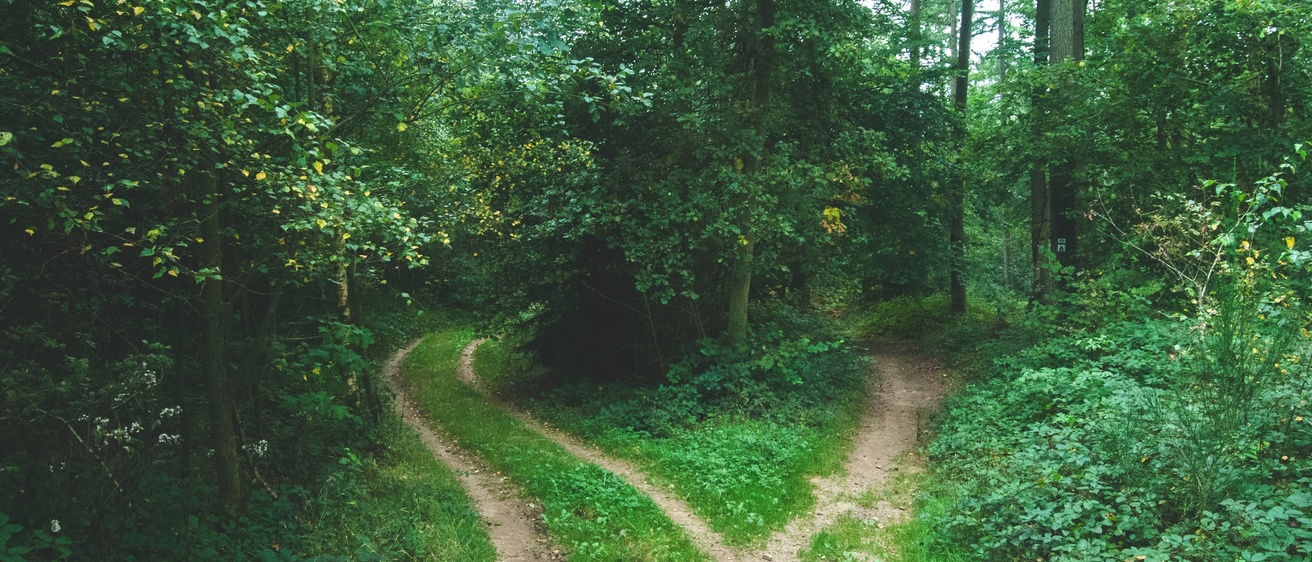It's Monday morning and the student you were planning to speak to has not shown up. You wonder if you should reach out to reschedule, but you’re irritated. You pivot to working on your lengthy to-do list. Shift ahead in the week and now it’s Thursday.
You are on an interdepartmental Zoom call discussing collaborative projects and people are disagreeing with each other. You and a colleague think things should be done one way while the other members think a different action is better. The team is frustrated and cobbles together a plan of action about which no one seems thrilled. Now it’s the weekend and you want to enjoy your time away from work, but your phone pings with emails from student and colleagues. Once again, you debate whether you should prioritize work or family.
Sound familiar?
These hypothetical examples demonstrate how we can slip into living and working in a space of “either/or” thinking, a mental space where outcomes feel uncertain, the stakes feel high, and we often feel pressured to pick between one of two options or between two myopic viewpoints. The more we try to figure out which option is “best” or “right,” the messier and more exhausting it seems. Initially, this either/or thinking seems productive. The human brain naturally seeks the path of least resistance, especially when emotions are high or outcomes feel uncertain. We default to an either/or perspective to assert control and certainty into an uncertain situation by boiling it down to two choices and picking the least threatening option. This rarely alleviates the friction or uncertainty we feel because either/or thinking is often rooted in assumptions or biases. We need a different plan.
This is when a “both/and” perspective can help.
A both/and perspective offers a more flexible approach to living and working in diverse and complex environments. Living in the both/and means multiple truths can exist at the same time, multiple outcomes are possible, and another person’s experiences are as valid as yours. The benefits of this are that teams can function more effectively, we can have deeper trust in our relationships, and there is space for people to feel heard and collaborate. While we may be placed in positions in life or work when we may need to pick one thing over the other, making intentional efforts to shift our overall perspective from either/or to both/and can alleviate stress and lay the groundwork for powerful and sustained change.
How do we start shifting to living in the both/and? It starts with reflection. Here are prompts to consider:
- Can more than one thing be true at the same time?
- Do I understand the mix of emotions that is influencing my behavior?
- Can I respect and validate another’s experiences along with my own?
- Can I be kind to myself and to others who are also trying to adopt new perspectives?
- What needs to change and whose voices should be included in decision-making?
- How are my own and others’ identities influencing the situation right now?
That final point about identity is worth some dedicated reflection. None of us exists in a sociocultural, political, or emotional vacuum. Instead, we all carry our identities and cultural histories with us into every space we enter. Our identities influence our perspectives, our decision-making processes, our systems experiences, and our relationships with others. An either/or approach may advocate for picking one person’s or one group’s perspective over the other to save time or due to external pressures.
Yet that can lead to invalidation, silencing, and can promote miscommunication and disappointment. A both/and perspective urges us to considermultiple truths. It encourages us to do the hard work of developing equitable, just, and safe environments for everyone to succeed. This both/and perspective, informed by cultural humility, invites innovation, shared responsibility, and helps foster community and belonging. It helps prevent against the calcification of belief that either/or viewpoints can, often unintentionally, endorse.
Throughout my time at the University of Iowa, both as a student and now as a staff member, I have come to realize that a both/and perspective helps me be more engaged, more creative, and able to connect deeply with others. As a mental health professional on campus, it also helps me provide mental health care for students that aligns with the goals for broader mental health and well-being at Iowa. Living in the both/and is an intentional daily choice.
The gift that comes after making this choice is having energy and the networks to help create environments where everyone feels seen, supported, and is able to thrive.
Cover photo by Jens Lelie.
